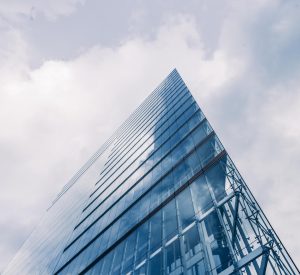
The constant din of metropolitan life makes ambient noise an annoyance. A symphony that disturbs serenity may be created by the constant horning of automobiles, the rumbling of trains, and the din of construction. Thankfully, technological developments have allowed for measures to reduce this bothersome noise, and the sound barrier is one of them. Also, to answer the question how sound barrier works to block out noise? Let’s take a look at the science behind it.
Making Sense of Acoustic Waves
Understanding sound waves is the first step in understanding how sound barriers work. Waves, which are really just vibrations propagating through a material like water or air, are the means by which sound travels. When these waves reach our ears, we perceive them as sounds because of the alternating compressions and rarefactions in them.
Observation and Incorporation
The two main ways in which sound barriers lessen noise are via reflection and absorption. There are two possible outcomes when sound waves meet a barrier: absorption or bouncing off. A phenomenon known as reflection happens when acoustic waves collide with a material and then refract them in the other way, therefore obstructing the path of the original sound. Conversely, when a barrier absorbs sound waves, it transforms the energy of the waves into heat.
Physical Things
The building materials have a significant impact on how well a sound barrier works. Because of their excellent sound-absorbing properties, dense materials like as metal and concrete are often used. You may make the barrier even more effective at reducing noise by adding sound-absorbing materials like fiberglass or foam.
Factors to Think About When Designing
Knowing how sound barrier works is just as important as how well it is placed and what materials are used. A variety of factors may affect the way sound waves interact with the barrier, including its structure, roughness, and surface treatments. As an example, textured surfaces may absorb and disperse noise more efficiently, while curved barriers are superior than straight ones in diffusing sound waves.
Sound barriers provide a workable answer to the problem of noise pollution, which is becoming more common in today’s environment. With a solid grasp of how sound waves behave and some smart building practices, these barriers may greatly cut down on noise pollution and make life better for those who live in areas where it’s too loud. Sound barriers will certainly play an important part in making cities more serene and quiet as they develop and expand.



